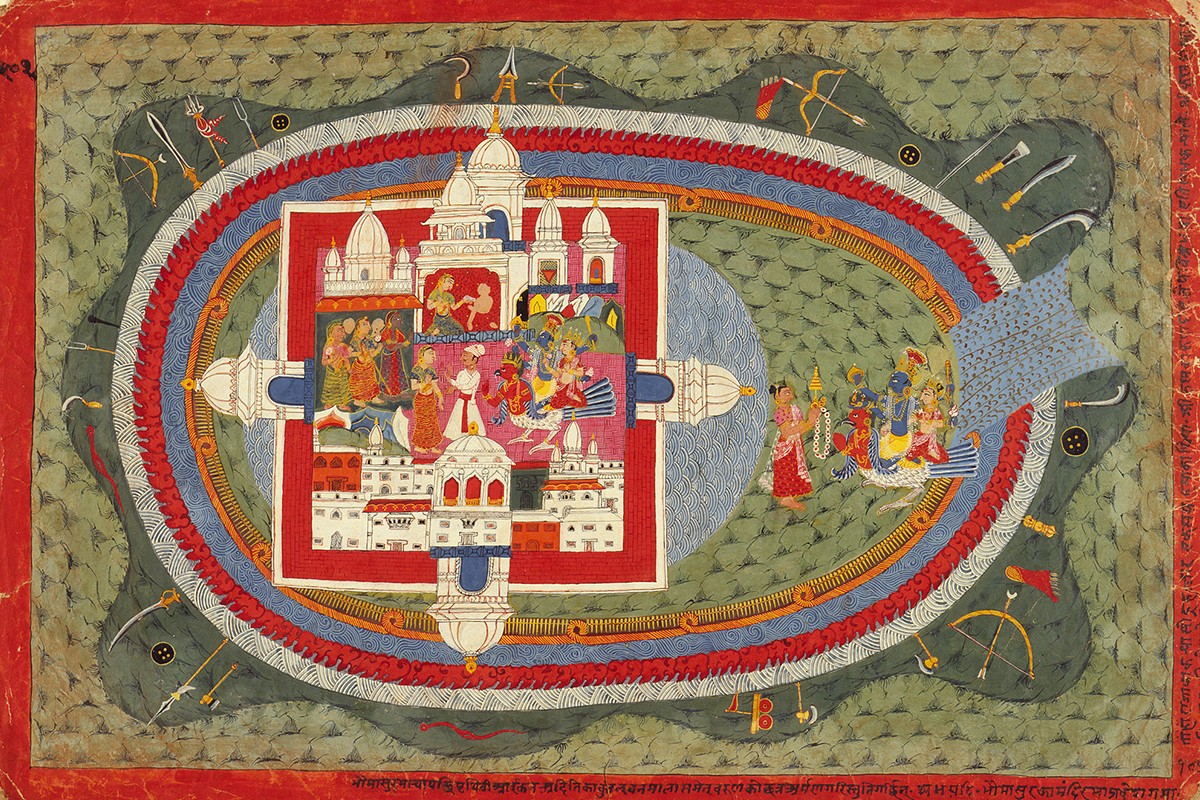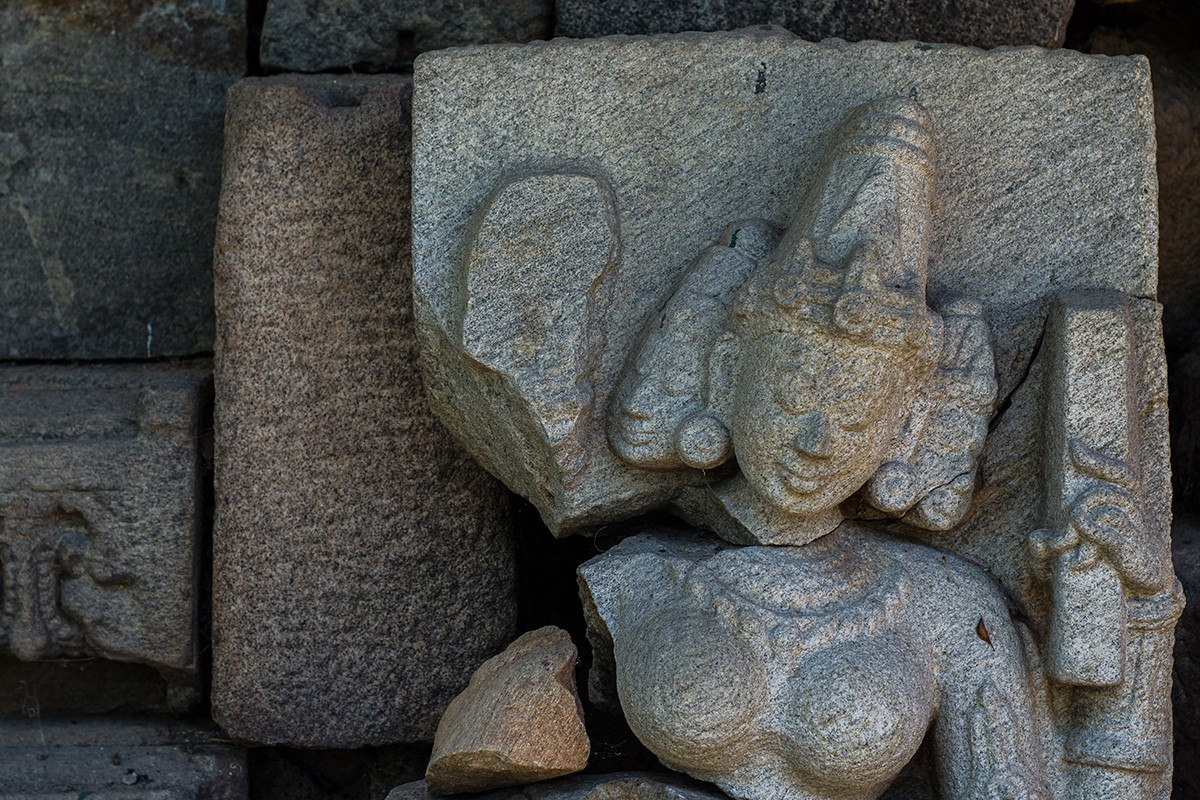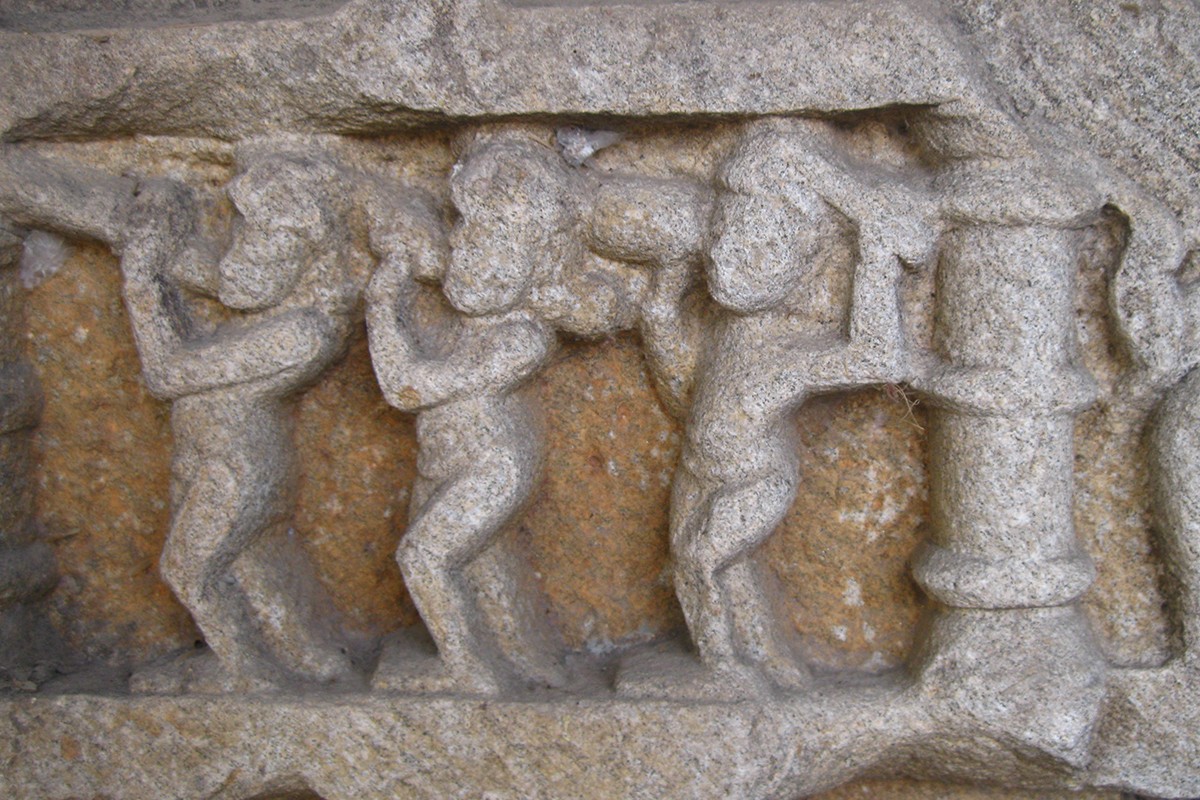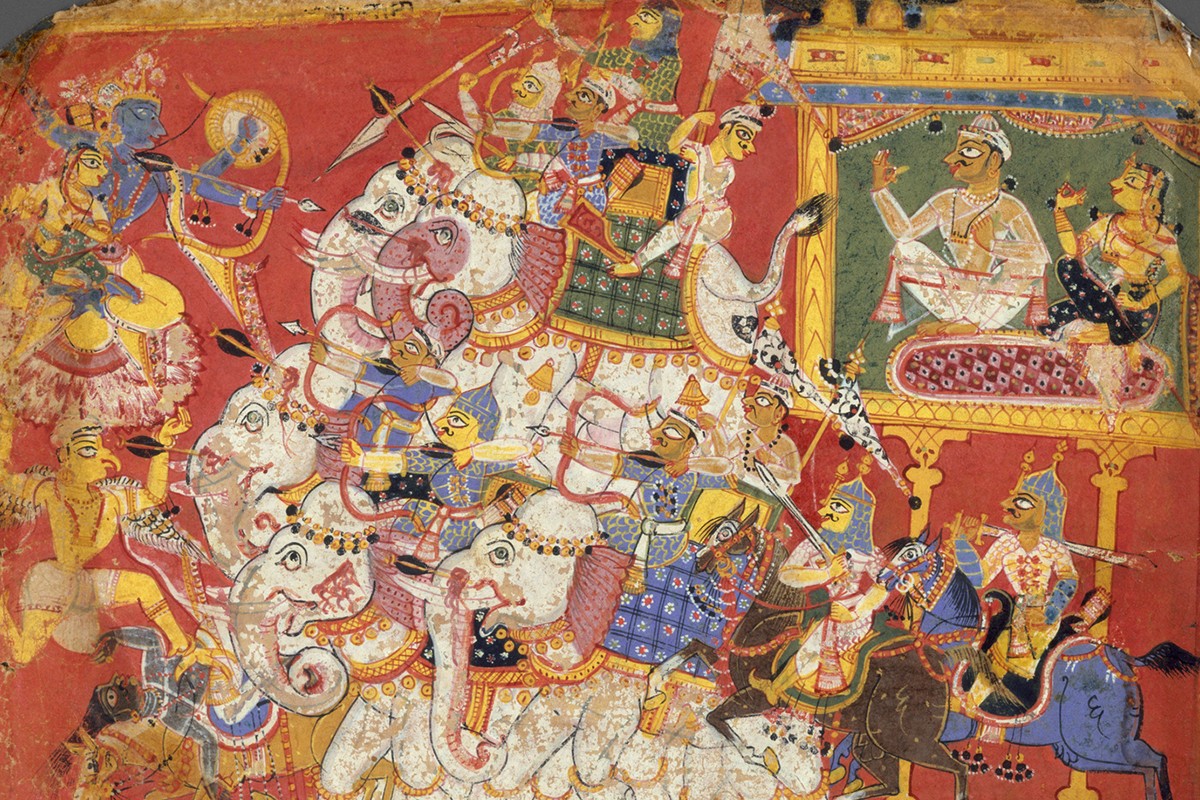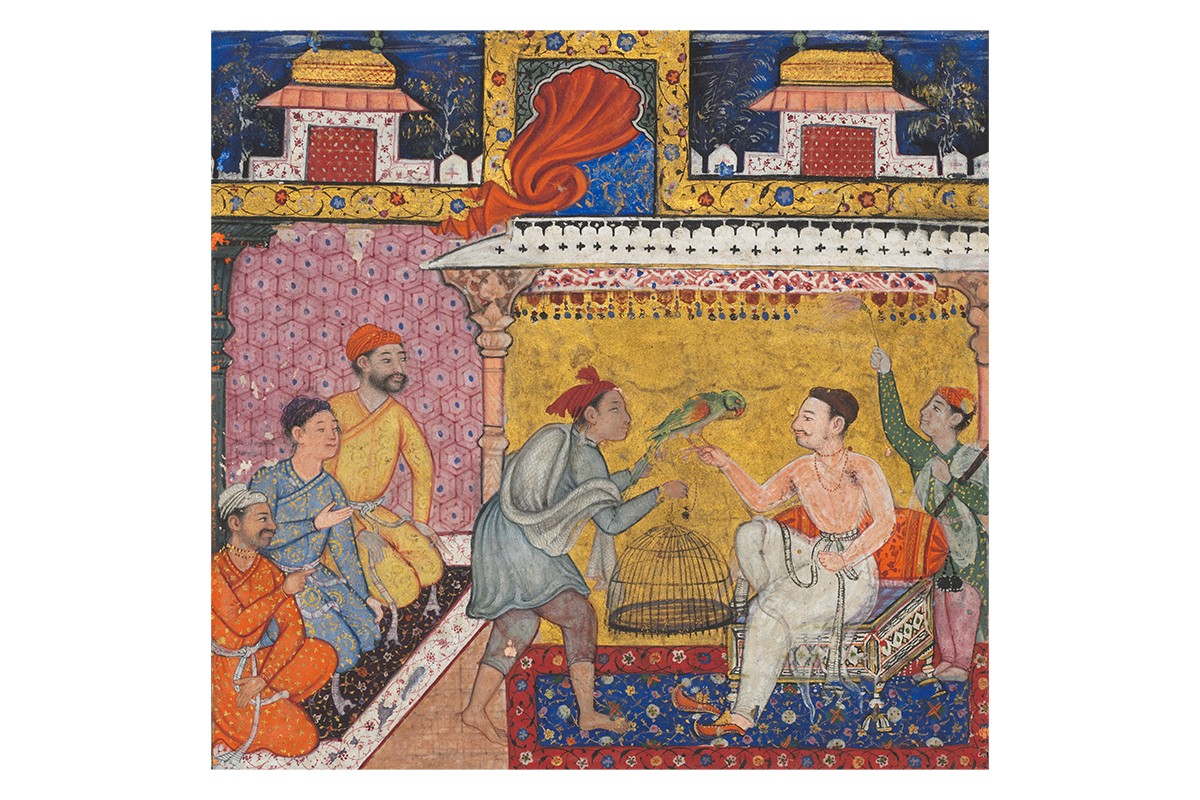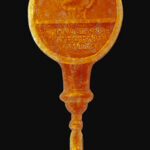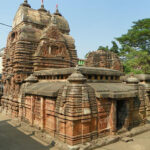The Kamarupa Palas in Northeastern India
900 CE
Kamarupa, a region roughly spanning areas of present-day Northeast India, Bihar, West Bengal, Bhutan, northern Bangladesh and Sylhet, comes under the control of a Hindu branch of the Pala dynasty. By this point, the area has become a crossroads of trade routes between Tibet, China and the Gangetic Plains, and has seen the rule of three dynasties, including the Varmans (fourth century CE) and the Mlechchhas (seventh century CE).
The rulers of Kamarupa assume it to be the mythical kingdom of Pragjyotisha, and claim lineage accordingly from Narakasura, who is believed to have established the Bhauma dynasty that ruled Pragjyotisha before the fourth century. There is, however, no evidence of the existence of such a kingdom or its ruling house.
Bibliography
Shin, Jae-Eun. “Region Formed and Imagined: Reconsidering temporal, spatial and social context of Kamarupa.” In Modern Practices in North East India: History, Culture, Representation, edited by Lipokmar Dzüvichü and Manjeet Baruah, 23–55. Oxon: Routledge, 2018.
Singh, Upinder. A History of Ancient and Early Medieval India: From the Stone Age to the 12th Century. New Delhi: Pearson, 2016.
Thapar, Romila. The Penguin History of Early India: From the Origins to AD 1300. London: Penguin Books, 2002.
Feedback 
This entry appears in
Art in South Asia
Visit Timeline
Associated Timeline Events
First Published: March 11, 2024
Last Updated: May 21, 2024



